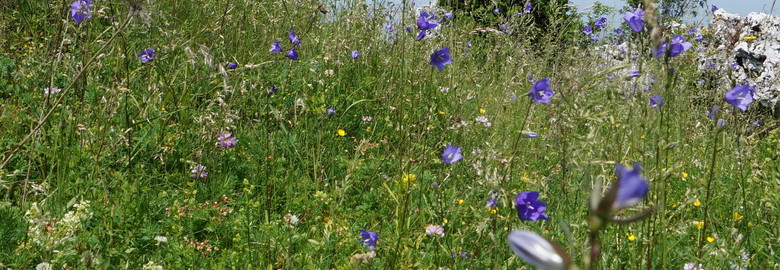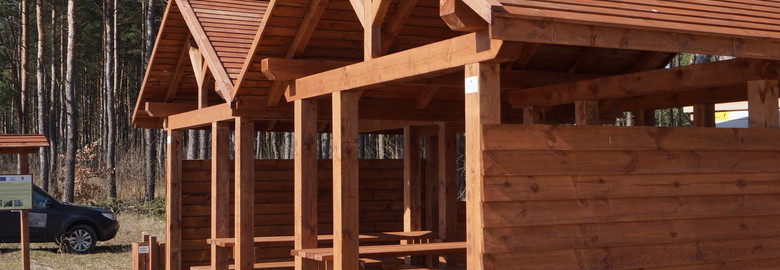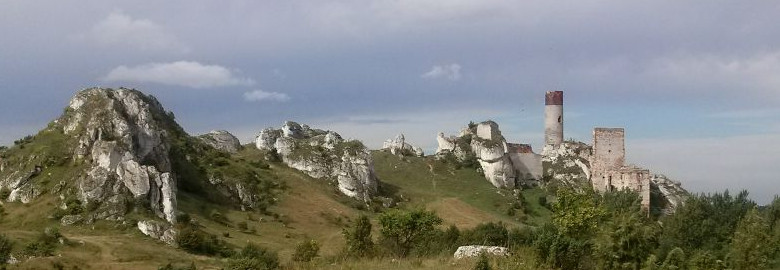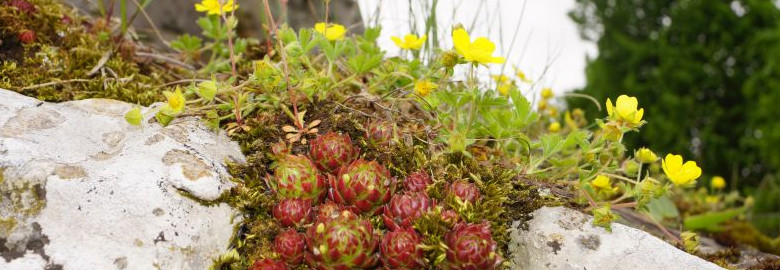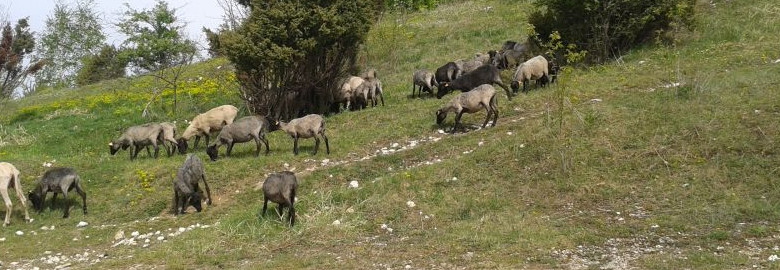Liczba wizyt
Third year of grazing has come to an end!
The Kraków-Częstochowa Upland has been considered an area of outstanding natural values for years. The specificity and diversity of the ecosystems in this area as well as the culture and tradition of the local community have been shaping the long standing identity of the region. The xerothermic and rock grasslands are unique and inherent features of the Upland.
During the last few years the awareness of the need for protecting the natural values typical of the Kraków-Częstochowa Upland, including the restoration and conservation of the biodiversity and distinctive landscape features, has grown.
Grazing carried out in the framework of our Project is a response to unwanted change affecting the valuable non-forest habitats characteristic of the region. 'Intelligent mowers' have systematically and selectively nibbled the plants which have soft leaves and avoided xeromorphic species. Such selective removal of plants facilitates the formation of natural values of the grasslands. Grazing has also been a great tourist attraction for people visiting the Kraków-Częstochowa Upland.
The third year of grazing ended at the turn of September and October 2015. Grazing and herding was carried out in four Natura 2000 sites:
- Olsztyn-Mirów refugium (Skałki Małe and Skałki Duże, the Cegielnia hill, Ostra Górka, the Statkowa mountain, the Towarne mountains, the Zamkowe hill, as well as Lipówki and Biakło);
- Złoty Potok refugium (Jurassic hills in Suliszowice, Gorzków and Ludwinów, as well as Trzebiniów –the Kazubiec and Bukówie hills);
- Kroczyce refugium (areas in Łutowiec, Piaseczno, Rzędkowice, and Morsko, as well as the Bukowiec hill);
- Środkowa Jura refugium (Ryczów – Łysa Pałka, Grochowiec, Cisownik, the area near the Straszykowe rocks and the cementary, the Wodąca valley – Kyciowa rock, Sikorowa rock and Wypaleniec, as well as the Kromołowiec hill in Niegowonice).
The grazing was carried out by the animals belonging to the contractors as well as sheep bought in the framework of the Project.
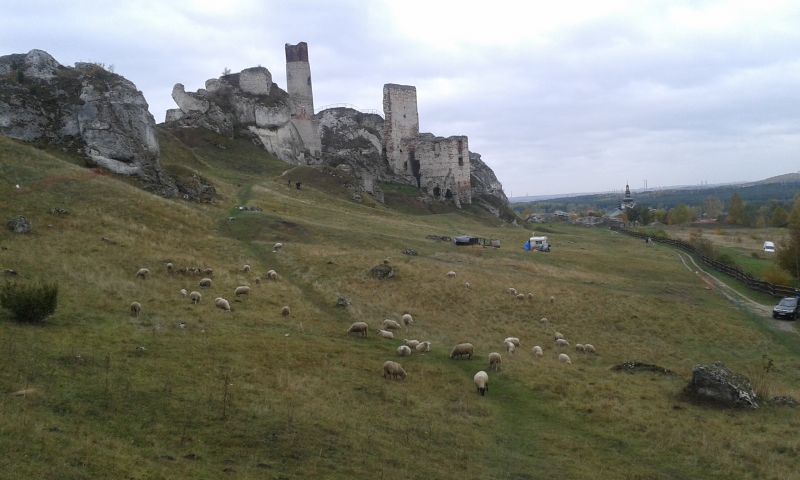
Zamkowe hill in Olsztyn
Skałki Małe and Skałki Duże, Olsztyn
Herding base at the foot of the Towarne mountains in Olsztyn
Łysa Pałka hill in Ryczów
Grochowiec hill, Ryczów

Herding base on the Bukowiec hill in Niegowa
Grazing carried out in Łutowiec
Kromołowiec hill in Niegowonice
'Eco-mowers' in Morsko
"We have a common goal – to protect the grasslands!", Trzebiniów
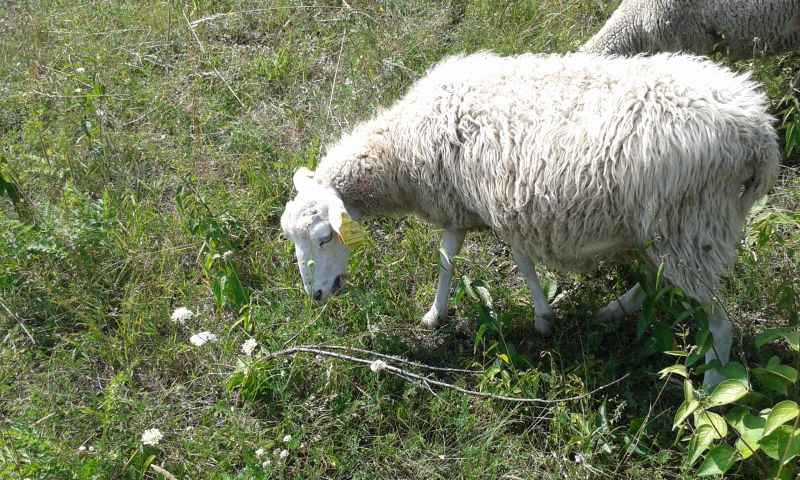
"We're protecting the stenothermic habitats of the Kraków-Częstochowa upland", Biakło hill in Olsztyn
LIFE+ sheep (Lipówki, Olsztyn)
"I'm here to protect the grasslands, but I need a short break and moment for press reporters!" (Trzebiniów)



